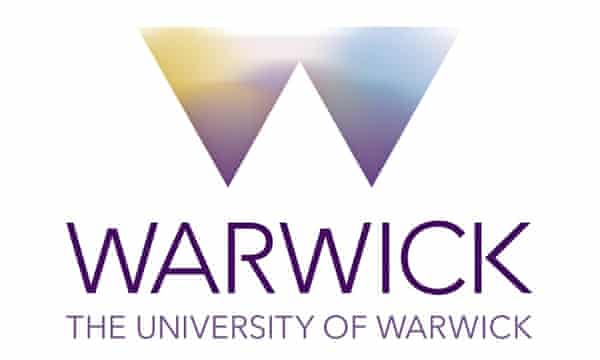University of Warwick: Researchers call for armchair astronomers to help find unknown hidden worlds
Astronomers at the University of Warwick have joined partners around the world in launching a new online initiative, calling for volunteers to come forward and help to search for extrasolar planets.
The online citizen project, Planet Hunters Next-Generation Transit Search (NGTS), is enlisting the help of the public to examine five years’ worth of digital footage showing some of the brightest stars in the sky.
The footage was captured by twelve NGTS robotic telescopes based at the European Southern Observatory (ESO) Paranal Observatory in Chile – they make high precision measurements, sensitive enough to detect the signatures of exoplanets.
NGTS is a collaboration between the University of Warwick, Queen’s University Belfast, University of Cambridge, University of Leicester, Geneva Observatory, German Aerospace Center, Universidad de Chile, the Universidad Católica del Norte, and the European Southern Observatory.
Professor Peter Wheatley from the Astronomy and Astrophysics Group at University of Warwick leads NGTS. He said: “It is exciting to be able to involve the public in our search for planets around other stars. We control the NGTS telescopes from the University of Warwick, and we process all the data here, but we are pretty sure our computer programs are missing some planets. These will be the most unusual signals and so probably some of the most interesting planets. Humans are still smarter than machines, and I can’t wait to see what our volunteers unearth.”
Dr Meg Schwamb an astronomer in the School of Mathematics and Physics at Queen’s University Belfast, is leading the project.
She explains: “If the orbit of an exoplanet is seen at just the right angle from Earth, we may observe the planet passing directly in front of its host star, known as a transit. This causes the planet to periodically block a portion of the starlight we observe, and the star appears to dim ever so slightly for a few hours.
“Every 10 seconds, the NGTS telescopes capture the light from 1,000s of stars in the sky looking for the tell-tale signatures of an exoplanet transit.
“Computers are searching through the NGTS observations looking for the telltale repeated dips in starlight due to planet transits. The automated algorithms produce lots and lots of possible candidate transit events that need to be reviewed by the NGTS team to confirm whether they are real or not.
“Most of things spotted by the computers are not due to exoplanets, but a small handful of these candidates are new bona fide planet discoveries.”
While the NGTS team reviews the most interesting objects identified by computers, humans are still better at picking out the signals of transiting planets – and the team thinks there may still be planets lurking in the data that the computers missed.
There is no application process to join the Planet Hunters NGTS project. Anyone with a web browser can dive right into the data and start searching for these possible hidden worlds and helping to check the best candidate planets identified on the website.

